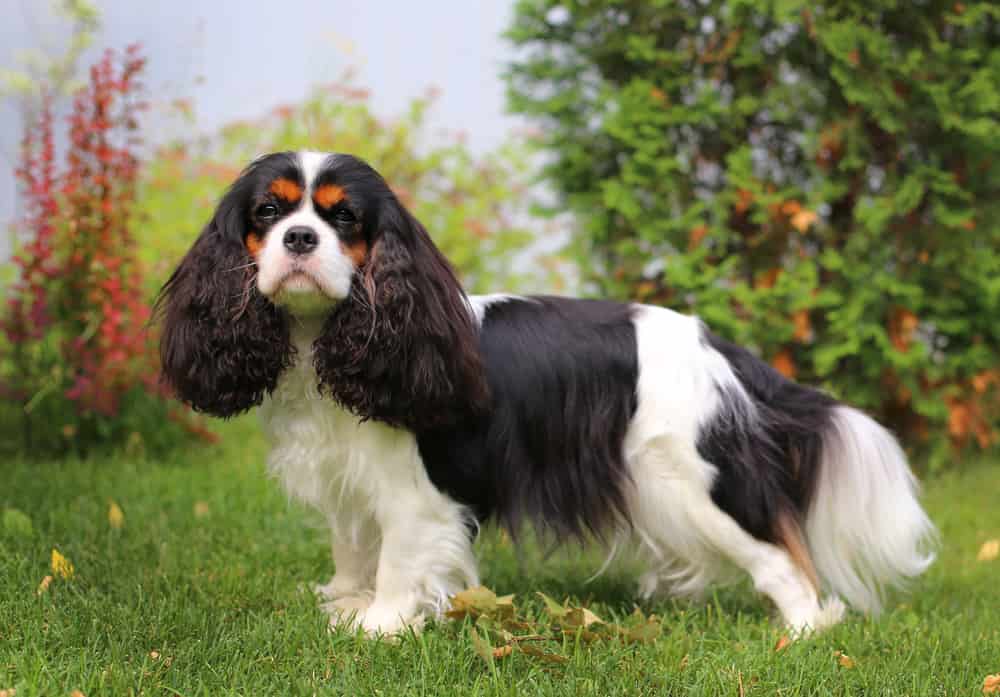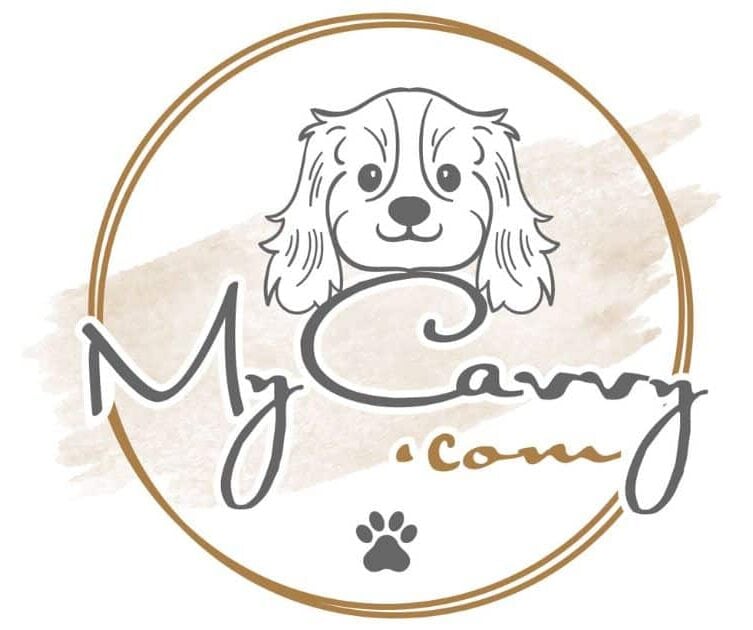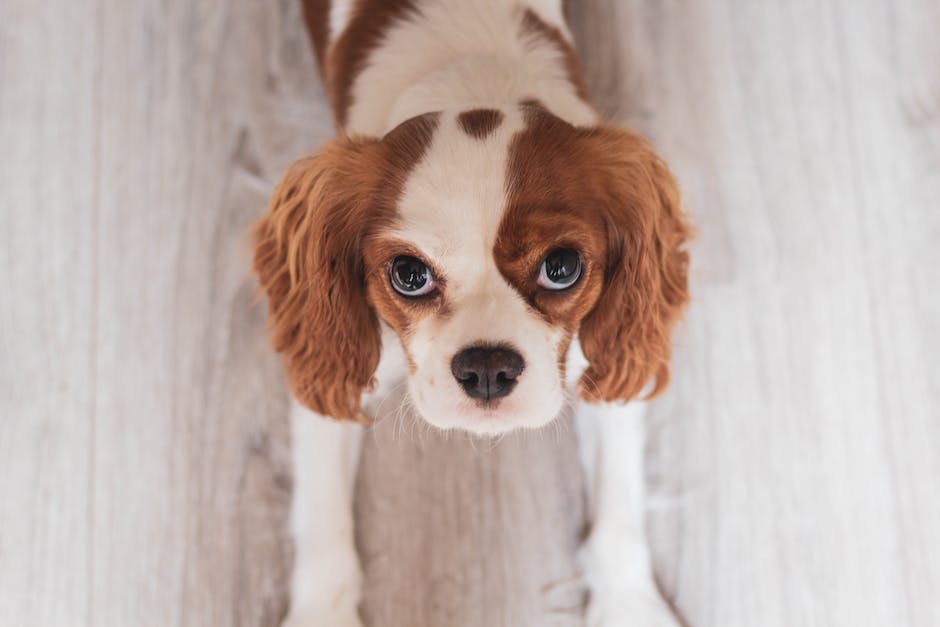Owning a Cavalier King Charles Spaniel is a true joy, but like any breed, they do require specific attention and care. One area that particularly requires focus is their eyes. These dogs, known for their large expressive eyes, can be prone to certain eye disorders that require frequent care and maintenance.
To ensure your Spaniel’s eyes stay healthy, you need to understand and implement a regular eye cleaning routine, be able to recognize signs of eye disorders early, and train your pet to tolerate and accept face and eye touching, thereby making the care routines less stressful and more comfortable.
Eye Cleaning Routine
Keeping Your Cavalier King Charles Spaniel’s Eyes Sparkling Clean
Cavalier King Charles Spaniel. Just hearing the breed’s name warms your heart, doesn’t it? Renowned for their irresistible charm, expressively beautiful eyes, and affectionate disposition, these lovely dogs often find a special place in every family’s heart. But, part of keeping these fur babies healthy and happy involves proper eye care.
The question “How often should I clean my Cavalier King Charles Spaniel’s eyes” is a common one in pet-keeping circles. The answer might surprise you: ideally, you should clean their eyes daily. Due to the shape of their face and the position of their eyes, these Spaniels are prone to a range of eye issues including dry eye, cherry eye, and weeping eye.
- Regular Eye Checks:
- Gentle and Regular Cleaning:
- How To Approach It:
- When To Seek A Vet’s Help:
As a responsible pet owner, everyday eye inspection should become part of your fur baby’s grooming routine. Look for any excessive tearing, redness, inflammation, or discharge, which could indicate an eye infection or irritation.
Daily cleaning not only keeps their eyes free from accumulations but also allows you to spot any possible signs of infection early. Dip a soft, clean cloth in warm water, and gently wipe the area around the eyes. You could also use eye wipes specifically designed for dogs.
Always remember, the skin around their eyes is sensitive, so be gentle and affectionate. To quote Benjamin Franklin, “Cleanliness is next to godliness” – and nothing could be truer when it comes to our beloved Cavaliers.
Start by speaking in a soft, reassuring tone to put your pet at ease. Stay gentle and begin cleaning from the inner corner of their eyes, moving outwards. Repeat the process with a fresh cloth or eye wipe for the other eye to avoid cross-contamination.
No matter how spot-on your cleaning routine is, sometimes our furry friends might develop eye problems that need professional attention. If you observe persistent redness, squinting, cloudiness, or unusual discharge, it’s time to seek the help of your trusted veterinarian.
Keeping the eyes of your loyal Cavalier King Charles Spaniel clean is an everyday task that comes with the territory of being adored by such a beautiful breed. But it is undoubtedly one of the many labors of love we willingly take on as part of our roles as loving family-oriented pet parents. After all, those expressive eyes are worth every bit of effort.
Recognizing Eye Disorders

Cavalier King Charles Spaniels, endearingly popular for their soulful, expressive eyes, are unfortunately prone to a variety of eye-related health issues. To keep these lovable canines at their best, understanding these common eye problems, and knowing how to spot their symptoms, is imperative.
While the topics of dry eye, cherry eye, and weeping eye have already been illuminated, another prevalent condition that greatly affects this breed is the cataract. Just like in humans, cataracts in dogs create a cloudy layer over the eye lens, impeding vision. Initially, cataracts may appear as a small, opaque spot but can progress and cover the entire eye lens if left untreated. Cavalier King Charles Spaniels with cataracts may bump into furniture or become hesitant to jump or climb.
Another common eye ailment that affects Cavalier King Charles Spaniels includes Progressive Retinal Atrophy (PRA), a disease that gradually worsens the dog’s eyesight and can eventually lead to blindness. Often, the first sign of PRA is difficulty seeing at night, sometimes known as night blindness. The condition can develop slowly and is often more noticeable as the dog ages.
Thankfully, as a dedicated pet owner, there are simple ways to check for these conditions at home. Start by examining the eyes in a well-lit area, looking for any abnormalities such as cloudiness, redness, or excessive tearing. Additionally, observe if your Spaniel is clumsy or hesitant in its movements, which could signal vision problems.
To check for PRA, you can perform a simple test at home. This involves gradually dimming the lights and observing how your pet adjusts to the change in lighting. If they seem to be struggling or are overly cautious about moving around, it’s probably time to check in with the veterinarian.
On the matter of bringing in professional help, it cannot be stressed enough how crucial regular vet check-ups are in monitoring your pet’s health. Even if your Spaniel appears healthy, it’s wise to have routine vet exams as some eye issues can remain latent, manifesting symptoms only when the condition has advanced. Early detection through regular vet exams may make a significant difference in the prognosis.
The information provided is intended to arm you with the knowledge necessary to spot eye issues early, ultimately helping to maintain the health and happiness of your beloved Cavalier King Charles Spaniel. As a loving pet parent, it’s up to you to take the best care of those big, beautiful eyes that make these Spaniels irresistibly charming in the first place.
Touch Sensitivity Training
Building familiarity is paramount in helping your Spaniel become comfortable with having its eyes touched and cleaned. Like all new experiences, it will take a little time and patience. Before introducing eye care, it’s essential to get your canine used to being touched around the eyes. Use positive reinforcement in the initial stages. Praise your Spaniel or give a treat after gently touching its face and gradually close proximity to its eyes without actually touching them. Over time, your pooch will begin to associate these sessions with positivity, making the actual cleaning process much more manageable.

Introducing a regular routine is equally important. When cleaning commences, it is best to establish a firm schedule right from the start. Familiarity with the process will help reduce any anxiety or nervousness that your Spaniel may feel. Just like dinner time or walks, your furry friend will get used to the daily routine.
It’s of utmost importance to ensure the cleaning process is a gentle one. Make sure to use specially-designed canine eye wipes or a soft, lint-free cloth dampened with warm water – never use harsh chemicals, rough materials, or even basic human eye drops as these can lead to irritation. Always approach your dog calmly and speak in a soothing voice during the cleaning process to reinforce that it’s a positive experience.
In the case of an uncooperative or particularly anxious dog, you may need to consider involving more than one person in the cleaning process. While one person gently holds the Spaniel and soothes it, the other can focus on the task. Remember, the end goal is to help your dog understand that eye cleaning is a routine, non-threatening experience.
Preventative care is also key: regular veterinarian checks are essential and avoid allowing your dog to stick its head out the window during car rides to steer clear of debris or dust in the eyes.
By observing these protocols regularly, your Spaniel will gradually adjust to the eye-cleaning process. Remember, patience and consistency are vital in introducing this new routine. And most importantly, ensure that this whole process is filled with lots of love and positive reinforcement. After all, keeping your furry friend healthy and comfortable is worth every bit of dedication!
Dedicated and responsible pet ownership involves understanding the specific needs of your breed and applying the knowledge in routine care. By maintaining a regular eye cleaning routine, recognizing signs of potential eye disorders, and training your Cavalier King Charles Spaniel for touch sensitivity, particularly around the face and eyes, you ultimately ensure their eye health and overall well-being. Remember that your pet relies on you for their care and comfort, and nothing can be more rewarding than seeing those Spaniel’s eyes sparkle with health and happiness.

